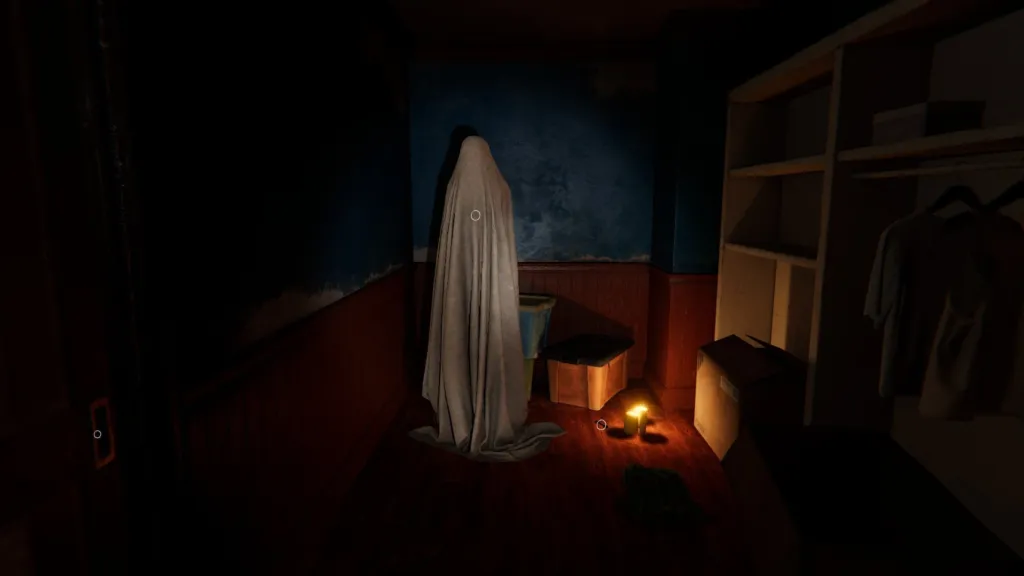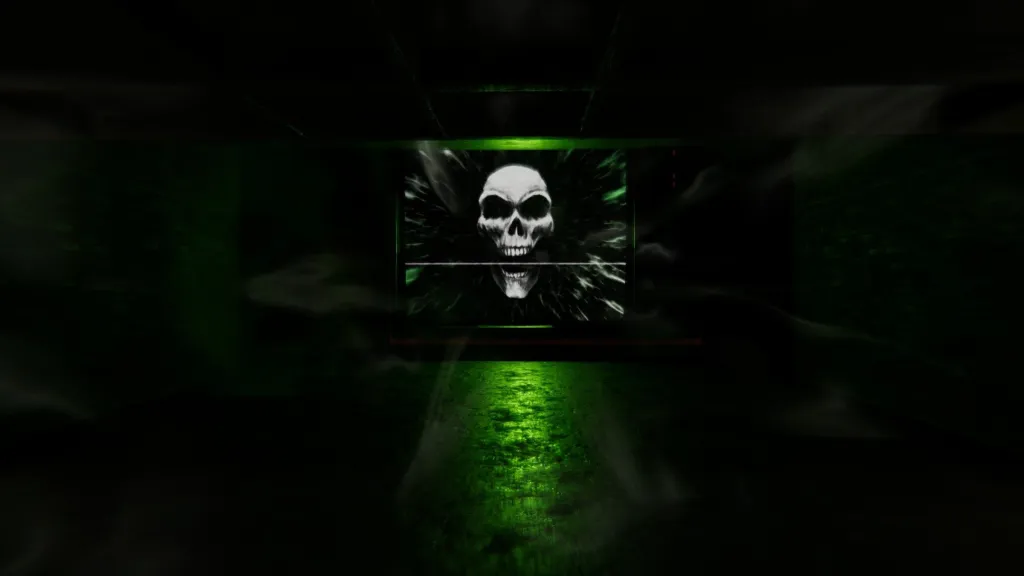Horror games, especially narrative-driven ones, are often torn between two distinct pole design approaches. While there needs to be a certain level of creepiness achieved in the moment-to-moment interactions, the mystery at the heart of the horror also needs to be compelling and emotionally rewarding.
Videos by ComicBook.com
The Haunting of Joni Evers absolutely nails the first half of that equation, delivering an emotionally stirring story that benefits from a strong sense of atmosphere in terms of visuals, vocals, and soundtrack. It’s a surprisingly emotional story that fits the slow-burn approach to gameplay, even as that element unfortunately becomes more forgettable than compelling. The Haunting of Joni Evers is a great visual novel and mystery game, but the horror elements suffer as a result.
Review: 3/5
| Pros: | Cons: |
| Strong writing and a compelling lead performance keep the game emotionally effective. | “Walking Simulator” gameplay can become repetitive. |
| Great graphics and music lend to the sense of atmosphere. | Scares take a backseat to narrative, speaking to an uneven balance in terms of gameplay and storytelling. |
| A surprisingly emotional core gives The Haunting of Joni Evers a solid thematic narrative. | Short run-time. |
The Haunting Of The Evers House

The Haunting of Joni Evers works best as an introspective narrative rather than as a game, with the focus on atmosphere working great as a walking simulator even as the scares stop being as effective. While the methodical and atmospheric pace might not grab every gamer’s attention, the compelling narrative makes for a creepy and emotionally impactful time. The Haunting of Joni Evers focuses on the titular young woman, who finds herself alone in her old family home. Players explore the house and uncover clues that reveal more about Joni’s history, particularly the lingering trauma of not just herself, but her sister, mother, and grandmother.
Throughout it all, Joni is guided by mysterious whisps of light and haunted by the mysterious Skull Man, who can turn the house itself against you. Piecing together the secrets of the Evers family history is the real draw of the experience, and the storytelling is compelling enough to keep the player’s attention — especially as the creepier elements of the house and the mysterious influence of the Skull Man take hold.
The impressive graphics lend an authenticity to the experience, creating a lived-in environment that is increasingly intriguing to explore. The game’s means of luring the player in deeper with written words constructed of lights is a clever visual trick, steadily playing into the game’s exploration of the cross-section between trauma and horror. Once the game’s true moral core reveals itself, the story takes an unexpectedly emotional turn that makes it all the more compelling, all building to an emotionally rewarding final exorcism of not just the evil in the house but the sadness that has gripped Joni for untold years.
Causeway Studios does a terrific job in the narrative execution and presentation, with good graphics, haunting imagery, and emotional depth all coalescing into a compelling total package. For fans of narrative-driven games, The Haunting of Joni Evers is an emotionally compelling addition to the horror genre.
Slow And Steady

While the narrative and exploration elements of The Haunting of Joni Evers are solid, the game does suffer from a straightforward gameplay loop that can become tired, quick. Most of the action moves at a slow pace, matching the deliberate discoveries of the player as they explore the house. There aren’t necessarily standard enemies to overcome, with the focus remaining keenly on the ghosts of the past instead of poltergeists hiding behind corners.
While the Skull Man can manipulate the environment for some solid jump scares, the repetitive nature of these tactics eventually dampens the effect. For the most part, The Haunting of Joni Evers could be called a walking sim through a massive mansion, with the gameplay largely rooted in exploration and investigation. For players looking for a bit more action, scares, or intensity, The Haunting of Joni Evers might be too slow to their liking.
The game is also relatively short, with a run-time that only takes a few hours to complete. That benefits the narrative-heavy approach and makes sure that the consistent gameplay loop doesn’t grow too repetitive as players unearth the mysteries of the past, but it can leave the overall experience feeling a little wanting.
Haunted By More Than Just Spirits

The Haunting of Joni Evers is best when it feels like a visual novel instead of a standard game experience, with the narrative taking center stage over any traditional horror game elements. Kelly Pekar does great work as the titular woman, voicing her concerns and her trauma as players explore the house and uncover more about her family history. It’s in these emotional moments that the game is most compelling, with a haunting atmosphere that gradually fits in well alongside the narrative.
It lends the game a slow-burn approach that accurately reflects the storytelling, even as the scares begin to wane in effectiveness as well. While The Haunting of Joni Evers might not be the most exciting horror game of the year, it is an emotionally rich experience that works best when the player can settle in and fully drink in the atmospheric soundtrack and haunting presentation.
This approach pays off in terms of fitting the narrative and atmosphere, but it does eventually become a bit dry. Gamers looking for fright-a-minute gameplay or hectic scares might be disappointed, but they’ll likely still be taken in by Joni Evers’ exploration of the past. A solid mystery that plays out better as a living novel than a full-blown horror game, The Haunting of Joni Evers is a solid narrative game that translates its slow-burn narrative to the gameplay, for better and for worse.
Comicbook.com was provided a review code for The Haunting of Joni Evers for the purposes of this review.








